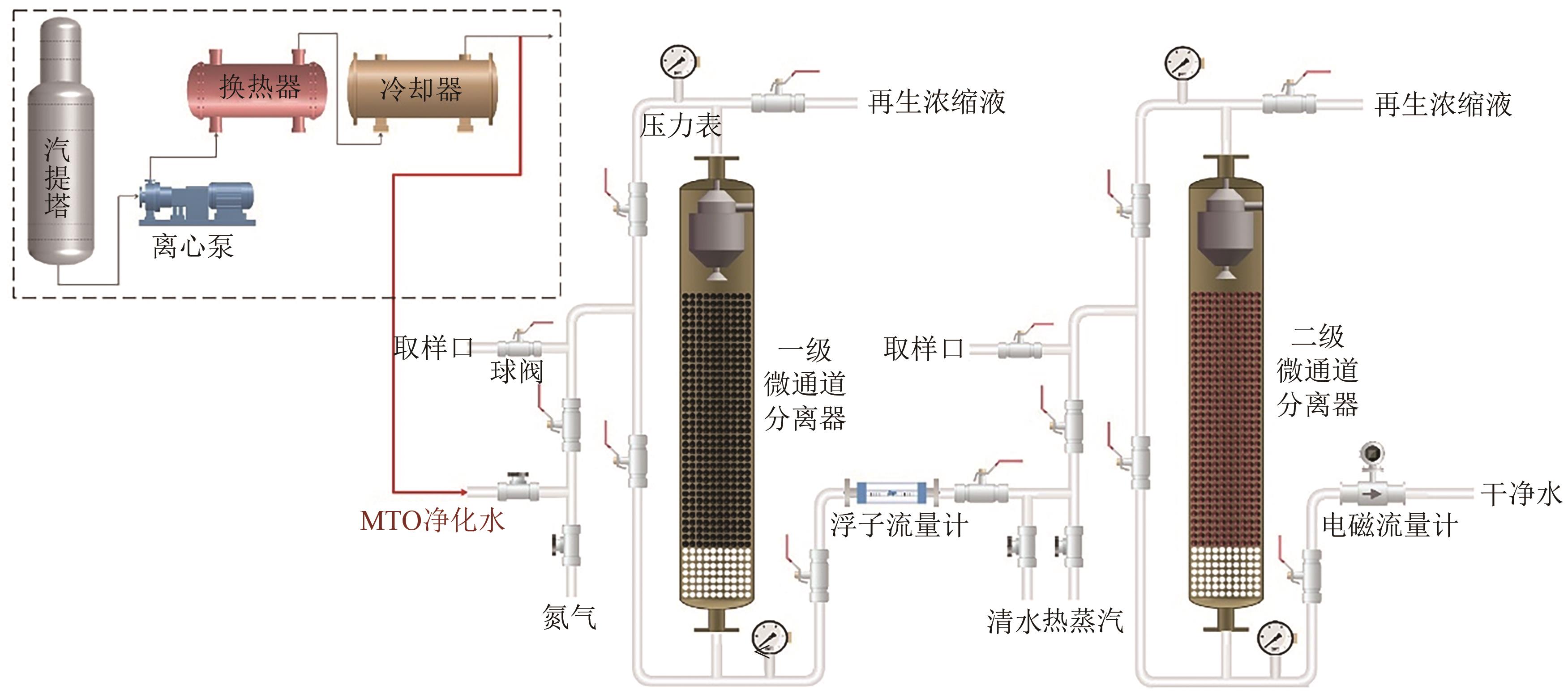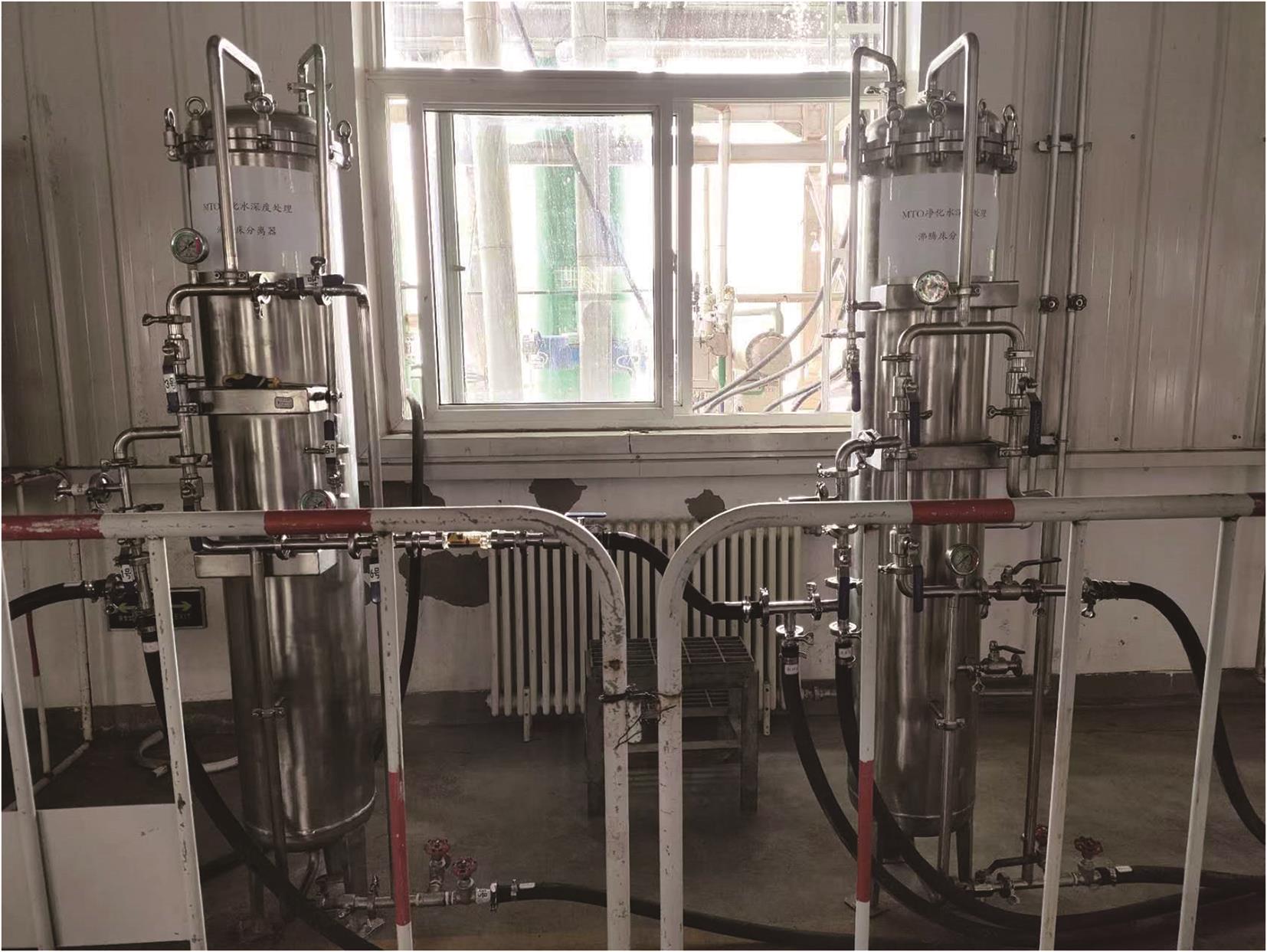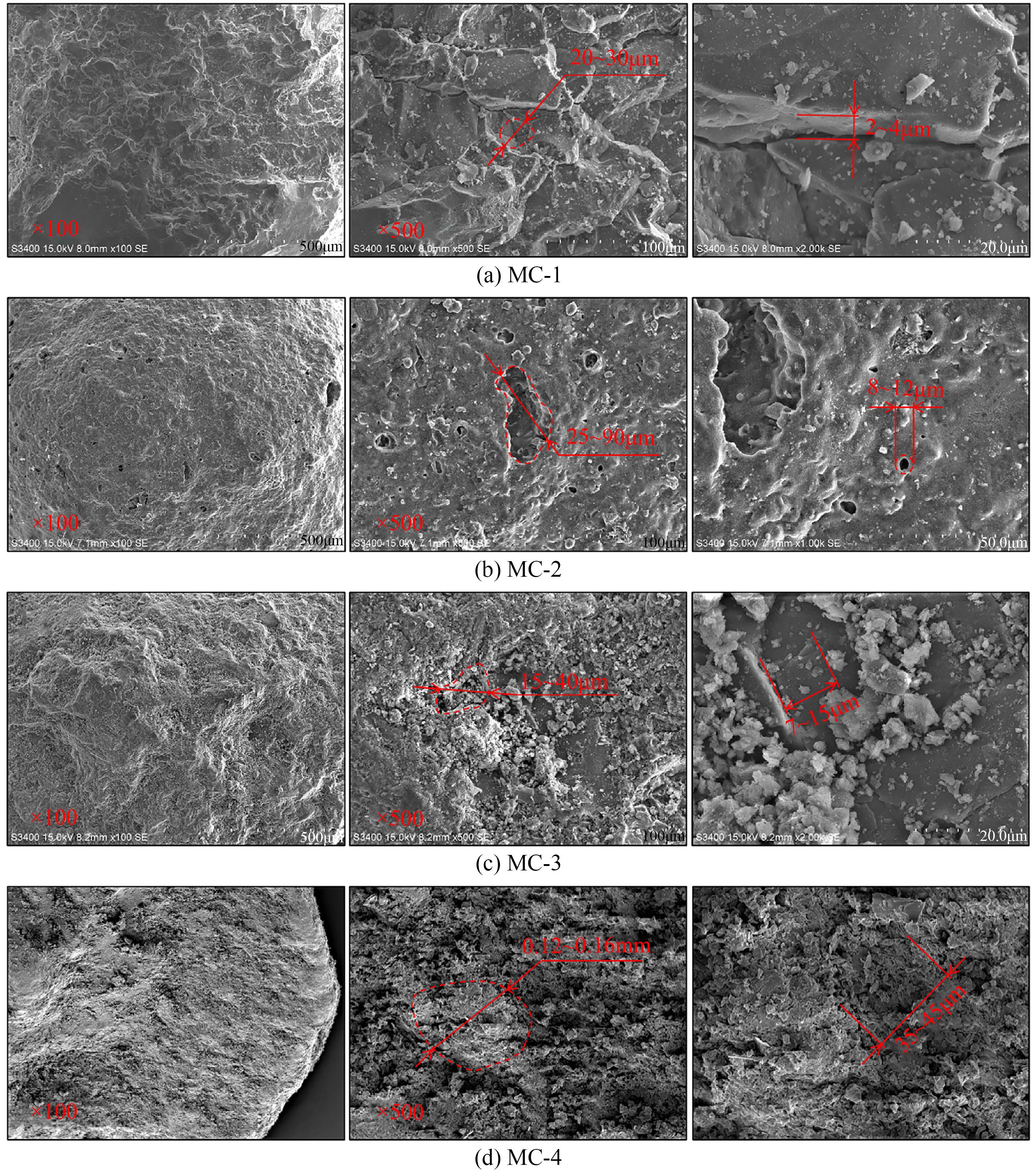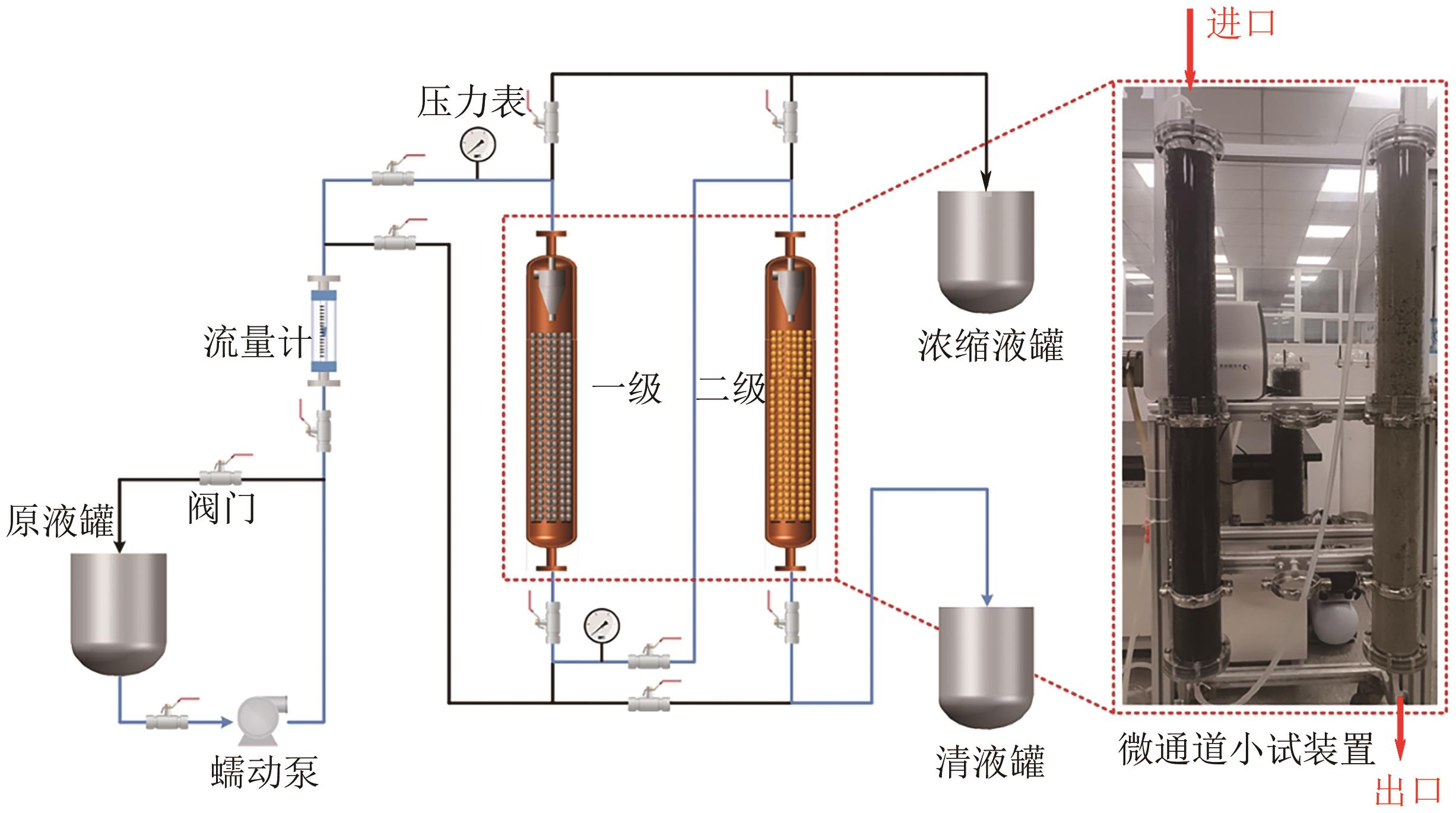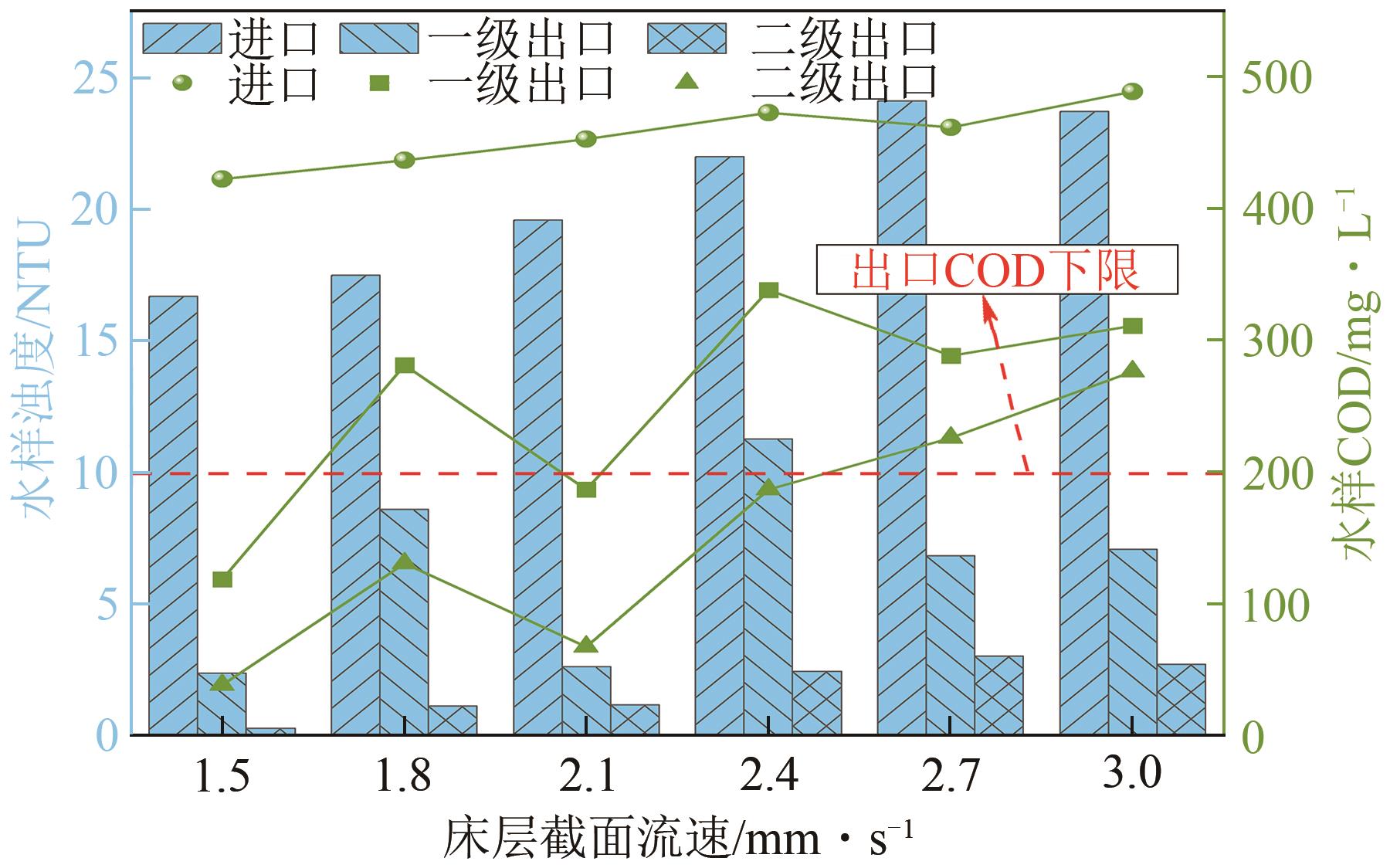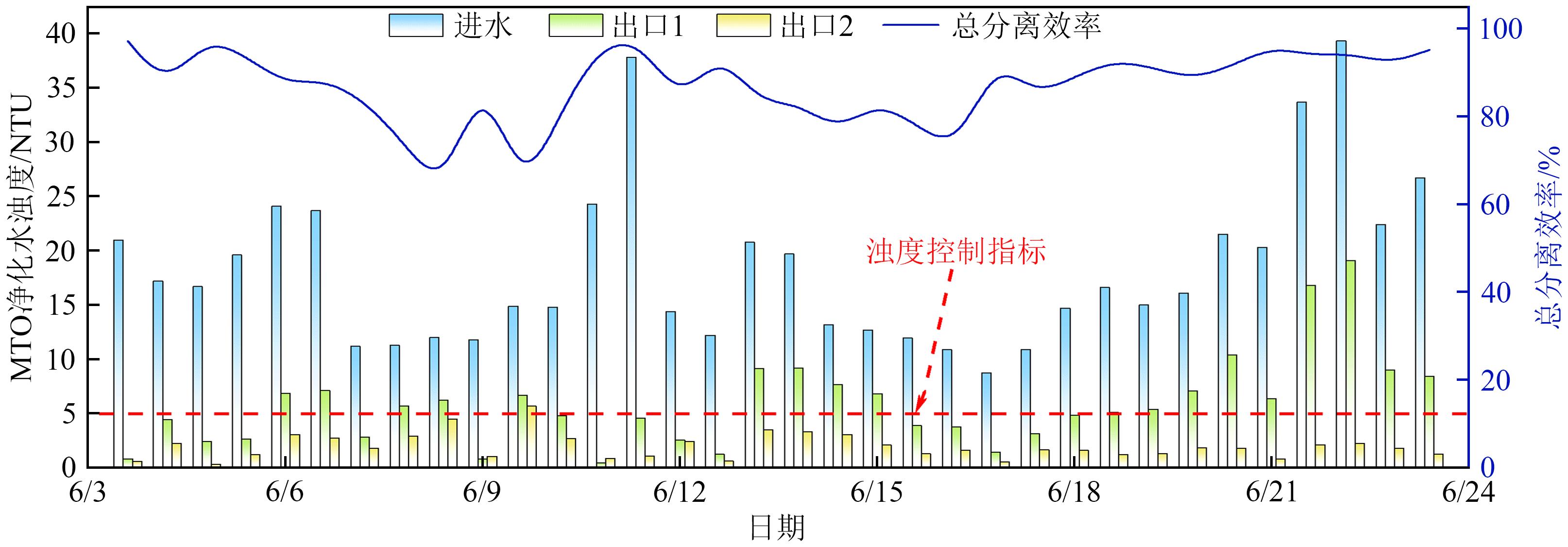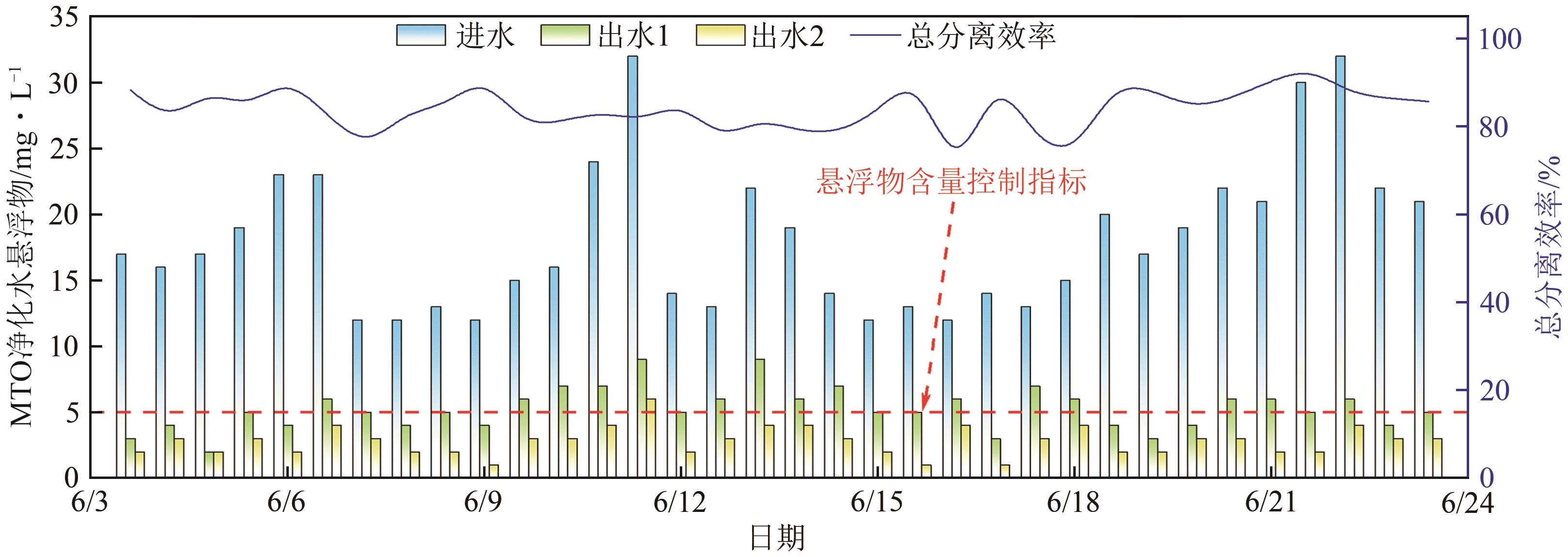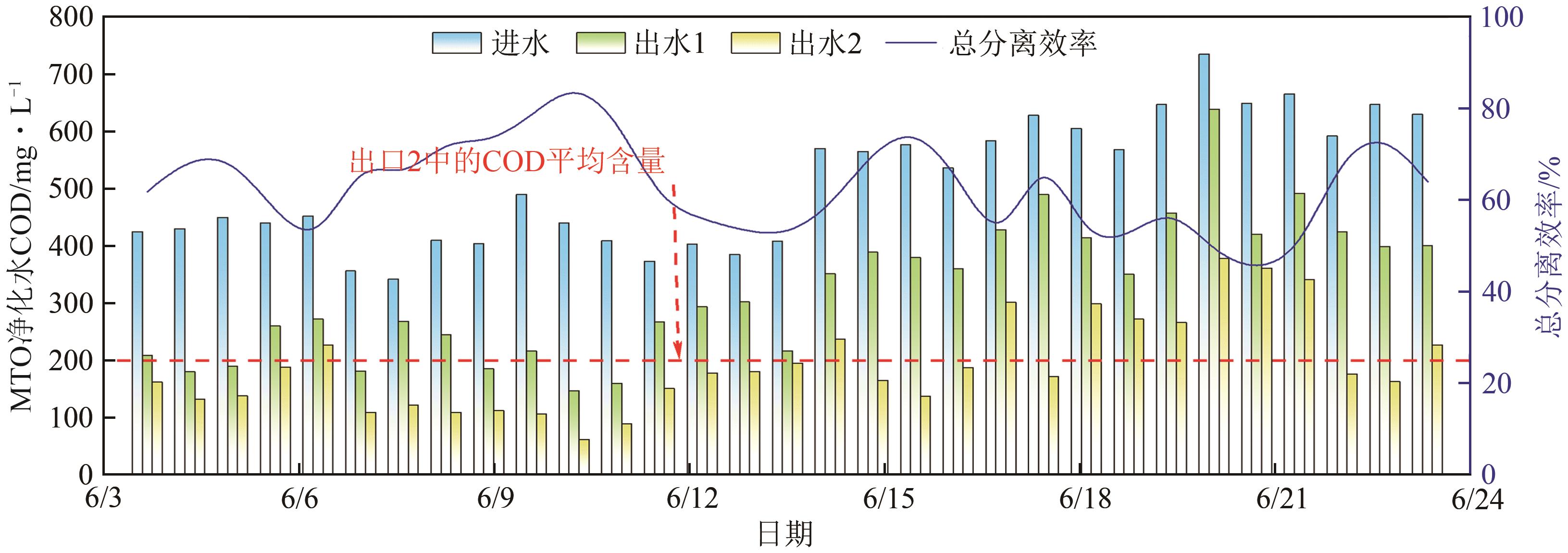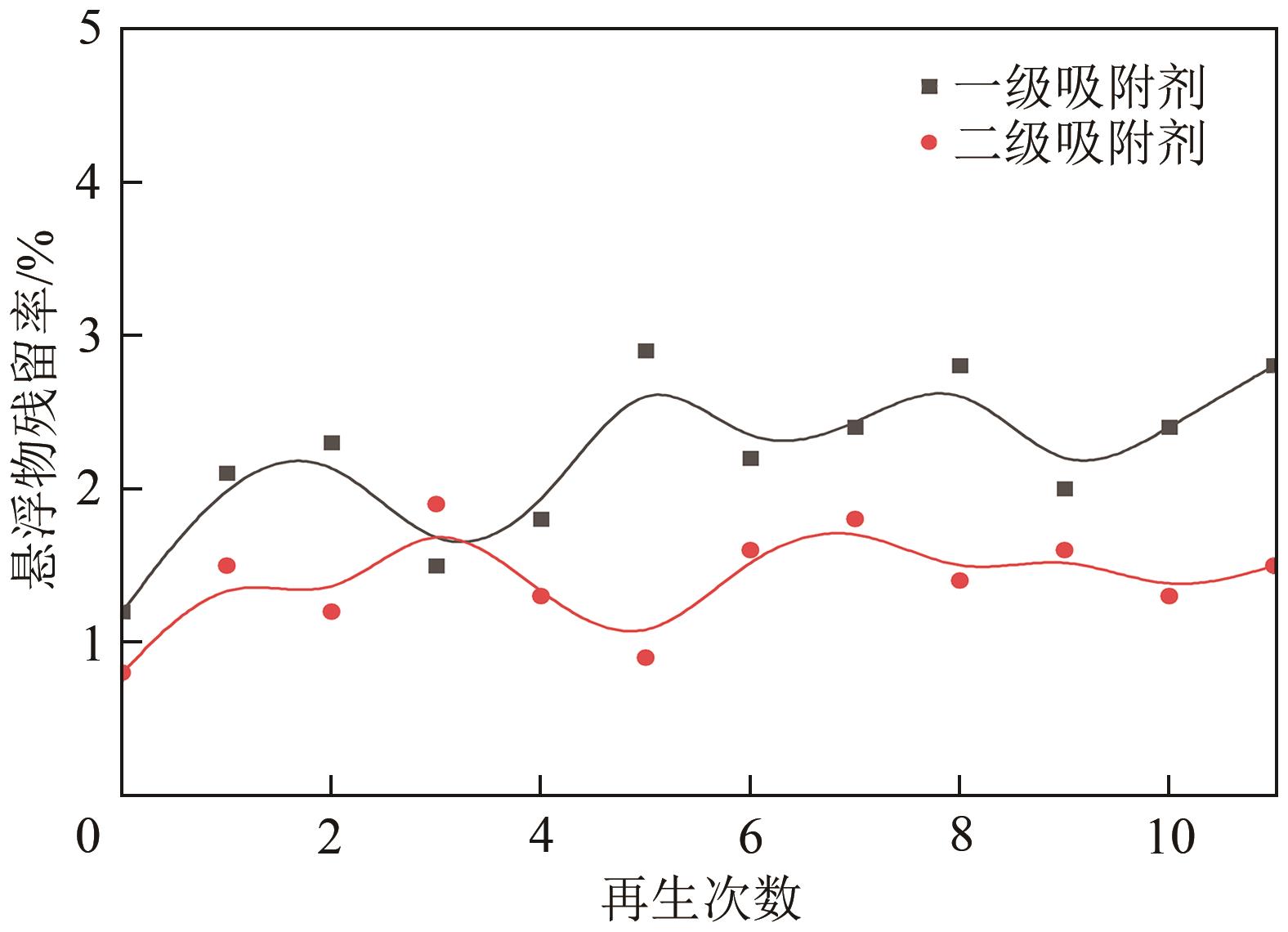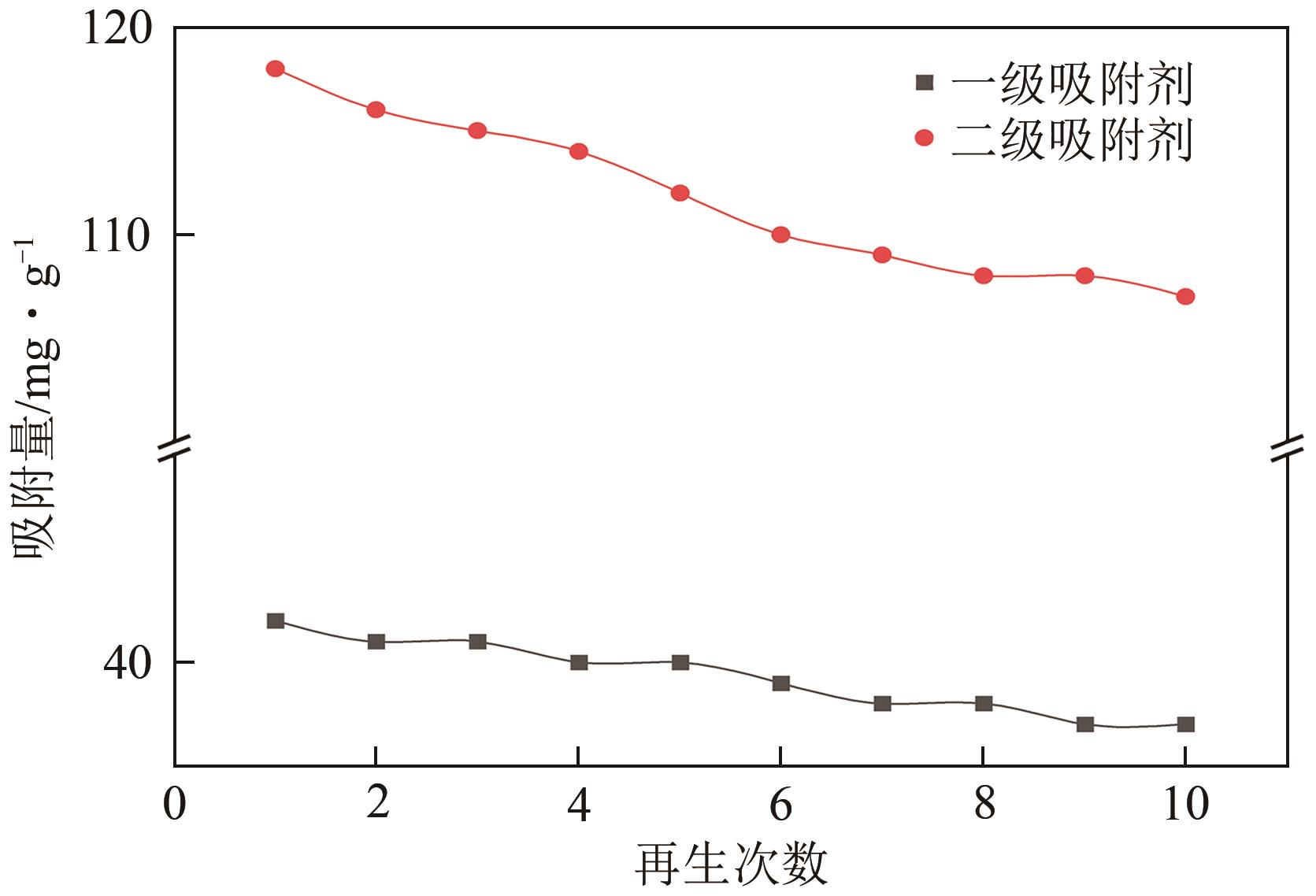| 1 |
ZHANG Shihong, YANG Mingfa, SHAO Jingai, et al. The conversion of biomass to light olefins on Fe-modified ZSM-5 catalyst: Effect of pyrolysis parameters[J]. Science of the Total Environment, 2018, 628: 350-357.
|
| 2 |
杨忠荣. MTO装置水系统固含量高的原因与预防[J]. 中国化工贸易, 2016, 8(3): 490-491.
|
|
YANG Zhongrong. Causes and prevention of high solid content in water system of MTO plant[J]. China Chemical Trade, 2016, 8(3): 490-491.
|
| 3 |
蔡华. 甲醇制烯烃装置外排COD超标问题解析及解决方案[J]. 现代化工, 2023, 43(S2): 278-282.
|
|
CAI Hua. Problem analysis and solution of excessive COD in discharged water from methanol to olefin unit[J]. Modern Chemical Industry, 2023, 43(S2): 278-282.
|
| 4 |
姜海军. MTO不停车检修污水汽提塔降低净化水COD措施[J]. 广州化工, 2018, 46(2): 118-119.
|
|
JIANG Haijun. Measures to reduce purified water COD by no parking maintenance of sewage stripper[J]. Guangzhou Chemical Industry, 2018, 46(2): 118-119.
|
| 5 |
许锐,顾斓芳. 甲醇制烯烃装置污水汽提系统堵塞问题的研究[J]. 现代化工, 2018, 38(11): 192-195.
|
|
XU Rui, GU Lanfang. Research progress in blockage problem for sewage stripping system in methanol to olefin process[J]. Modern Chemical Industry, 2018, 38(11): 192-195.
|
| 6 |
YANG Qiang, LI Zhiming, Wenjie LYU, et al. On the laboratory and field studies of removing fine particles suspended in wastewater using mini-hydrocyclone[J]. Separation and Purification Technology, 2013, 110: 93-100.
|
| 7 |
YANG Qiang, Wenjie LYU, SHI Lei, et al. Treating methanol-to-olefin quench water by minihydrocyclone clarification and steam stripper purification[J]. Chemical Engineering & Technology, 2015, 38(3): 547-552.
|
| 8 |
孙保全, 夏季, 吕文杰, 等. 液-固微旋流分离技术脱除水中催化剂颗粒[J]. 化工进展, 2011, 30(10): 2173-2177.
|
|
SUN Baoquan, XIA Ji, Wenjie LYU, et al. Removal of catalyst particles in water by liquid-solid minihydrocyclone separation technology [J]. Chemical Industry and Engineering Progress, 2011, 30(10): 2173-2177.
|
| 9 |
郭瑜, 汪强兵, 李烨, 等. 金属微孔膜在甲醇制烯烃(MTO)急冷水过滤中的试验研究[J]. 粉末冶金工业, 2018, 28(1): 45-49.
|
|
GUO Yu, WANG Qiangbing, LI Ye, et al. Experimental study on metal microporous membrane filtration in methanol to olefin (MTO) quench water [J]. Powder Metallurgy Industry, 2018, 28(1): 45-49.
|
| 10 |
赵宜江, 张艳, 钟璟, 等. 无机分离膜及其在微米与亚微米级固液分离中的应用[J]. 现代化工, 2000(1): 22-26.
|
|
ZHAO Yijiang, ZHANG Yan, ZHONG Jing, et al. Inorganic separation membrane and its application in submicron solid-liquid separation[J]. Modern Chemical Industry, 2000(1): 22-26.
|
| 11 |
Wenjie LYU, CHEN Jianqi, CHANG Yulong, et al. UU-type parallel mini-hydrocyclone group separation of fine particles from methanol-to-olefin industrial wastewater[J]. Chemical Engineering and Processing: Process Intensification, 2018, 131: 34-42.
|
| 12 |
黄起中, 刘冰, 马红鹏, 等. 基于新型微通道分离技术的甲醇制烯烃废水处理[J]. 化工进展, 2023, 42(2): 669-676.
|
|
HUANG Qizhong, LIU Bing, Ma Hongpeng, et al. Methanol to olefin wastewater treatment based on a novel microchannel separation technology[J]. Chemical Industry and Engineering Progress, 2023, 42(2): 669-676.
|
| 13 |
徐博文, 孙玉萧, 薛振东, 等. 旋流诱导介质振荡再生增强含油污水微通道分离[J]. 环境工程学报, 2022, 16(8): 2549-2557.
|
|
XU Bowen, SUN Yuxiao, XUE Zhendong, et al. Hydrocyclone-induced oscillation regeneration of filter medium for enhanced microchannel separation of oily wastewater[J]. Chinese Journal of Environmental Engineering, 2022, 16(8): 2549-2557.
|
| 14 |
付鹏波, 黄渊, 王剑刚, 等. 旋流分离过程强化新技术[J]. 化工进展, 2020, 39(12): 4766-4778.
|
|
FU Pengbo, HUANG Yuan, WANG Jiangang, et al. Process intensification technology for hydrocyclone separation[J]. Chemical Industry and Engineering Progress, 2020, 39(12): 4766-4778.
|
| 15 |
杨强, 卢浩, 李裕东, 等. 聚结分离技术在含油污水处理中的应用研究进展[J]. 环境工程学报, 2021, 15(3): 767-781.
|
|
YANG Qiang, LU Hao, LI Yudong, et al. Application and research progress of coalescence separation in oily wastewater treatment[J]. Chinese Journal of Environmental Engineering, 2021, 15(3): 767-781.
|
 ), TANG Tian1(
), TANG Tian1( ), XIONG Ziyou2, WEI Qi2
), XIONG Ziyou2, WEI Qi2
